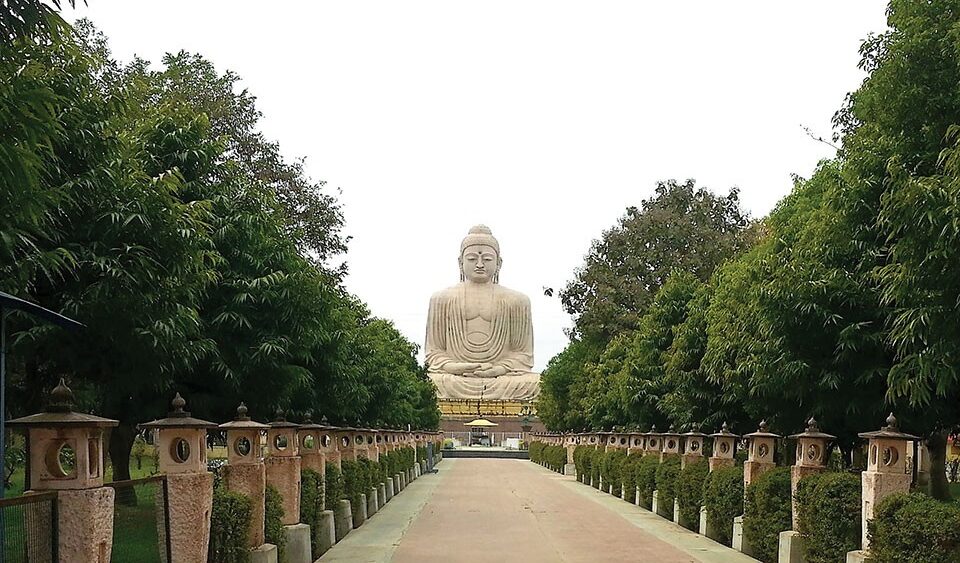Twenty-five years ago, on December 28, 1999, Reliance Industries inaugurated its first refinery in Jamnagar, Gujarat. This marked a turning point for India, transforming the nation from a fuel-deficient country to self-sufficiency and later a surplus exporter of gasoline and diesel to markets like Europe and the United States. Today, Jamnagar stands as a global refining hub and an engineering marvel, showcasing India’s industrial prowess.
When Reliance, led by visionary Dhirubhai Ambani, first announced plans to build the world’s largest grassroots refinery, many experts doubted its feasibility. Setting up such a massive facility in just three years seemed impossible, particularly for an Indian company. However, Reliance defied expectations and completed the refinery in a record-breaking 33 months, despite challenges like inadequate infrastructure and a devastating cyclone that struck Jamnagar during construction.
The initial refinery, with a capacity of 27 million tonnes per year (560,000 barrels per day), was built at 40% lower cost per tonne than contemporary refineries in Asia. Later, its capacity was expanded to 33 million tonnes annually.
Dhirubhai’s dream began in a barren, desert-like area near Motikhavdi village, where there were no roads, electricity, or water. Leading consultants advised against the project, citing the logistical challenges of mobilising resources in such a remote location. However, Dhirubhai, undeterred, envisioned not just an industrial plant but a “Nandanwan” (paradise).
Between 1996 and 1999, Reliance transformed the desolate region into a thriving industrial hub. The refinery added 25% to India’s refining capacity, making the nation self-reliant in transport fuels. The green initiatives undertaken turned the arid land into a lush zone, improving rainfall and lowering temperatures. Jamnagar now hosts Asia’s largest mango orchard, a vast mangrove belt for migratory birds, and a rehabilitation centre for wildlife.
A decade later, Reliance added a second refinery capable of processing 29 million tonnes per year (580,000 barrels per day). This made Jamnagar the world’s largest single-site refining complex, with the older refinery catering to domestic needs and the newer one focusing solely on exports.
With unmatched complexity, the refineries efficiently process heavy crudes into high-quality products, meeting stringent global fuel standards. Jamnagar is not just a refinery; it is a testament to vision, resilience, and innovation, elevating India’s industrial capabilities to global standards.























